Assessments

What are DIBELS? DIBELS are measures that help teachers and schools determine how students are performing on important reading skills. DIBELS stands for Dynamic Indicators of Basic Early Literacy Skills. These measures are designed for students in grades K-8.

Find students’ instructional levels by assessing their reading skills with developmentally appropriate texts while recording reading behavior. Benchmark Passages are short text selections that are one part of a three-part process to help place students at their instructional levels for leveled reading sessions and to assess their readiness to progress to the next level.
Standards

Teaching Strategies Gold for Preschool
What Is Teaching Strategies GOLD®? Teaching Strategies GOLD is an authentic, ongoing observational system for assessing children from birth through kindergarten. It helps teachers to observe children in the context of every day experiences, which is an effective way to learn what they know and can do.

The New York State Prekindergarten Foundation for the Common Core will provide an essential beginning for developing and implementing high quality curriculum, creating meaningful and appropriate learning experiences for four-year-olds across New York State.

The Common Core is a set of high-quality academic standards in mathematics and English language arts/literacy (ELA). These learning goals outline what a student should know and be able to do at the end of each grade. … Particularly in subjects such as math, college remediation rates have been high.
Websites to Research and Best Practice:

Reading Rockets is a national public media literacy initiative offering information and resources on how young kids learn to read, why so many struggle, and how caring adults can help.
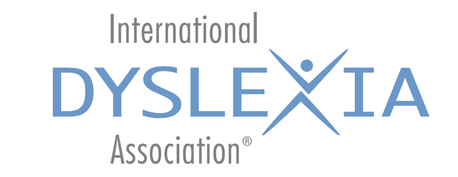
IDA’s mission is to actively promote effective teaching approaches and intervention strategies for persons with dyslexia and related disorders. IDA encourages and supports interdisciplinary reading research and disseminates this information to professionals and the general public.

A structured, research-based teaching method that explicitly develops foundational reading skills—phonemic awareness, phonics, vocabulary, fluency, and comprehension—alongside spelling, handwriting, and writing. Emphasizing a “speech-to-print” approach, it bridges the science of reading into classroom practice, ensuring students apply learned concepts immediately through supported reading and writing activities.
Websites for English Literacy Materials and Resources

The Measured Mom, your go-to website for easy-prep math and literacy resources that your students will love so much they’ll forget they’re learning.

This Reading Mama has loads of literacy resources including printable games and fun-sheets, learning apps and more. Many of the resources are free, all the resources reflect evidence based practice.
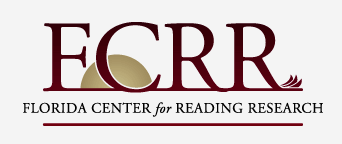
FCRR Student Centered Activities:
A team of researchers and teachers collected ideas and created Student Center Activities for K-5. The activities are designed for students to practice, demonstrate, and extend their learning of what has already been taught, sometimes with teacher assistance and sometimes independently.
Accompanying these Student Center Activities is a Teacher Resource Guide that offers important insights on differentiated instruction and how to use the Student Center materials.

All About Learning’s goal is to take the struggle out of reading and spelling. Our comprehensive programs, All About Reading and All About Spelling, are easy to teach and easy to learn. Aside for these wonderful curriculums, AALP also has some free resources such as E-books and games to support homeschool families.
Books on Theory and Practice for ELA
Books for English Literacy Instruction
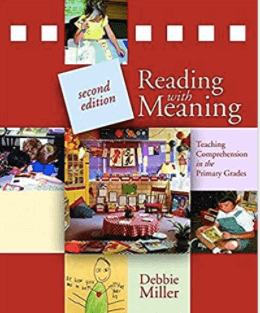
In the second edition of Reading with Meaning, Debbie Miller shares her new thinking about comprehension strategy instruction, the gradual release of responsibility instructional model, and planning for student engagement and independence.

Diane McGuinness’s groundbreaking book identifies outdated reading systems as the primary cause of America’s reading crisis, where 43% of children fall below grade level. McGuinness presents a new “phoneme awareness” approach, emphasizing the importance of understanding language sounds before learning to read. She argues that with proper instruction, any child can become a fluent reader, and that dyslexia and behavioral issues often stem from flawed reading instruction. The book offers valuable insights and remedial reading programs to correct ineffective reading strategies.
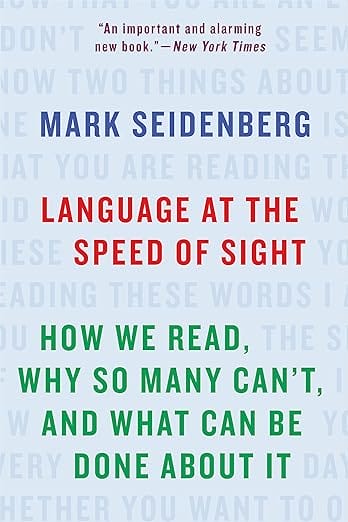
This book exposes the flaws in America’s reading education, where students lag behind global peers. We’ve abandoned phonics-based instruction, dismiss dialects like Black English, and overemphasize vocabulary. Seidenberg’s book, “Language at the Speed of Sight,” draws on cutting-edge research to explain the science of reading and propose concrete solutions to produce better readers.

In her book, Sharon shares what she’s gained in her twenty years of working with children and teachers. It’s organized not around a set of prescribed skills, but around a series of interconnected interactions with the learner: Assessments, demonstration, practice and response.

Dyslexia is the most common learning disorder on the planet, affecting about one in five individuals, regardless of age or gender. Now a world-renowned expert gives us a substantially updated and augmented edition of her classic work: drawing on an additional fifteen years of cutting-edge research, offering new information on all aspects of dyslexia and reading problems, and providing the tools that parents, teachers, and all dyslexic individuals need.
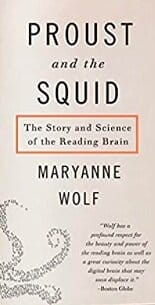
“Human beings were never born to read,” writes Tufts University cognitive neuroscientist and child development expert Maryanne Wolf. Reading is a human invention that reflects how the brain rearranges itself to learn something new. In this ambitious, provocative book, Wolf chronicles the remarkable journey of the reading brain not only over the past five thousand years, since writing began, but also over the course of a single child’s life, showing in the process why children with dyslexia have reading difficulties and singular gifts.
Books for Differentiated Learning
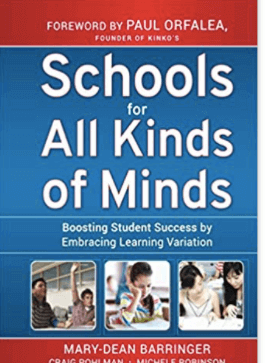
This book shows how schools can–and must–develop expertise in “learning variation” (understanding how different kinds of minds learn) and apply this knowledge to classroom instruction in order to address the chronic learning challenges and achievement gap faced by millions of students. Barringer shows how using what we know about learning variation with a focus on discovering learning strengths, not just deficits, can help schools create plans for success for those students who often find it elusive.

Using the Building Block Model to Guide Intervention and Classroom Management by Nancy Mather and all
Phonics Programs and Trainings
Phonics and Spelling:

Grade Levels: K-3
SRA Early Interventions in Reading helps you identify struggling readers in Grades 1-3 and provide them with lessons that build mastery of essential skills through explicit, systematic instruction in five critical strands—phonemic awareness, letter-sound correspondences, word recognition and spelling, fluency, and comprehension
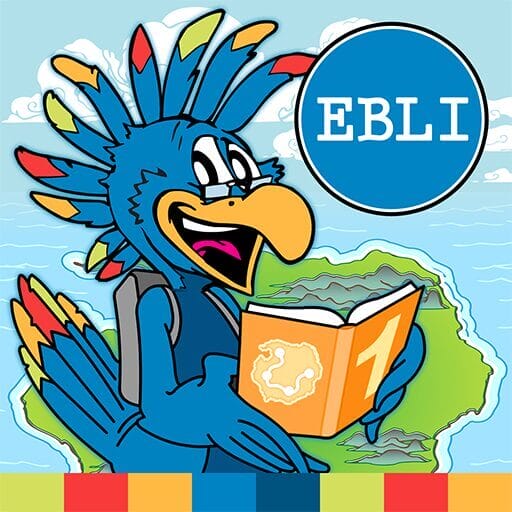
Grade Levels: K-3
Evidence-Based Literacy Instruction (EBLI) is an effective, efficient, systematic, research-based, revolutionary system of explicit literacy instruction, delivered through online, interactive training for classroom teachers and remediation educators. Align with the CCLS

Lindamood-Bell is an international literacy organization that offers specific evidence-based programs to address decoding and comprehension skills, thereby positively affecting academic performance. Lindamood-Bell’s programs develop the sensory-cognitive processes that underlie reading and comprehension.

The PAF Reading Program is an effective program for teaching beginning reading using multi-sensory techniques supported by scientific research. PAF incorporates reading, spelling, and handwriting instruction into unified lessons that benefit all children, and can prevent reading failure in at-risk children. In over forty years of use, thousands of children have learned to read thanks to PAF!

A great tutoring system for children, teenagers, or adults who struggle with spelling, reading, and writing due to dyslexia and language based learning differences.
Other Curriculums:

Ensure success in your classroom and beyond with engaging, developmentally appropriate leveled books at 29 reading levels. Graduated levels of difficulty build students’ confidence while increasing comprehension and fluency. Key to any leveled reading program, leveled books support instruction in comprehension, vocabulary, close reading of text, and more.

Morpheme Magic will build teachers’ confidence in their ability to teach and build their students’ morphological awareness.
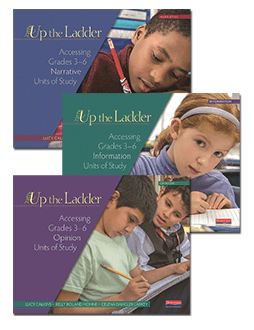
The Up the Ladder books are designed for kids in gr. 3–6 who might not have had experiences in writing workshop classrooms. The units give less experienced writers opportunities to engage in repeated successful practice and to move rapidly along a gradually increasing progression of challenges.
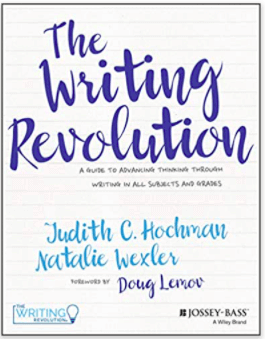
The Writing Revolution
The Writing Revolution (TWR) provides a clear method of instruction that you can use no matter what subject or grade level you teach. The model, also known as The Hochman Method, has demonstrated, over and over, that it can turn weak writers into strong communicators by focusing on specific techniques that match their needs and by providing them with targeted feedback.





